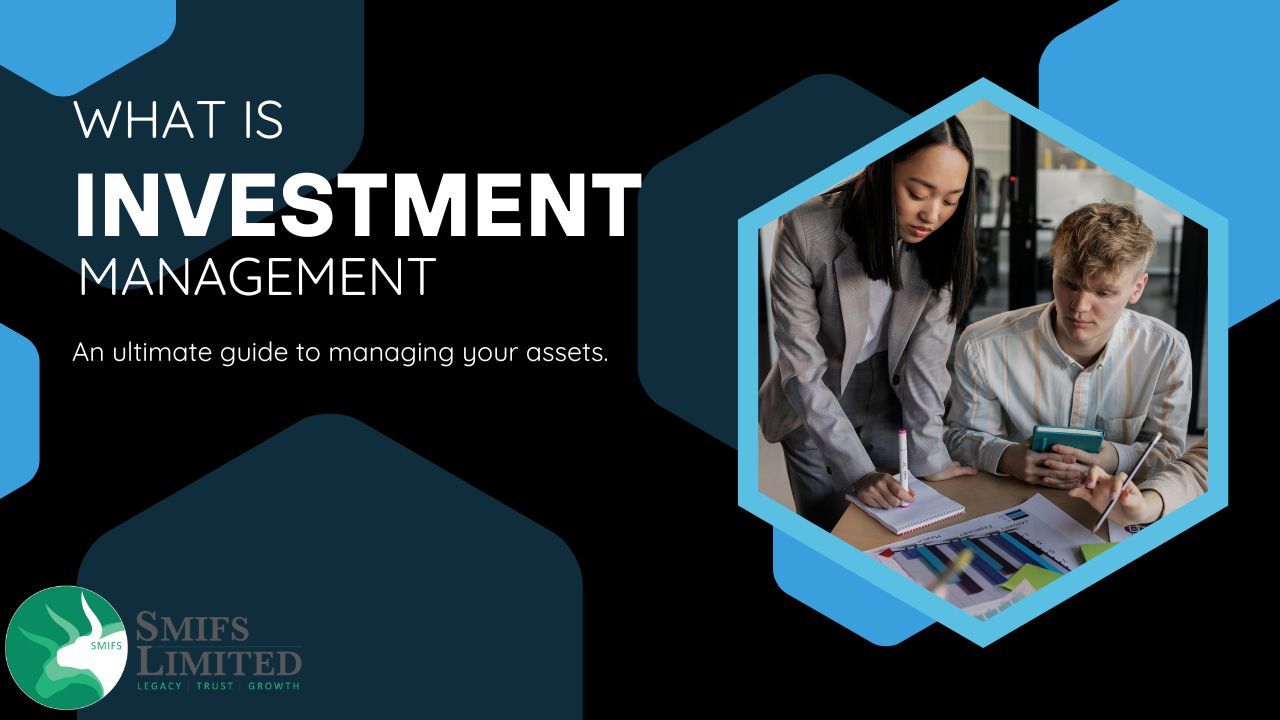Scammers and fraudsters always devise new strategies to coerce you into giving them money. When someone tries to con you into investing money, it is called investment fraud. Such fraudsters may encourage you to make investments in securities such as stocks, bonds, notes, commodities, money, or even real estate. You might even be told lies and given false information regarding a legitimate investment. Alternatively, they could create a false investment opportunity to manipulate you into investing.
The perpetrators of investment fraud may pose as telemarketers or financial counselors. They may exude a sense of charm, intelligence, and friendliness and claim that you need to act quickly on a business opportunity.
Such conmen strive to gain your confidence in order to obtain your quick and uncomplicated payment. It’s important that you remain aware of such fraudulent tactics. If you miss the warning signs, they might steal your money, and you might not always be able to get it back.
Therefore, always try to be skeptical of unsolicited calls from businesses you haven’t worked with before or from businesses that pressure you to invest immediately.
What are some common investment scams?
High-Yield Investment Programs: Scammers promise that if you invest with them, your investments will yield high returns. They claim that you will definitely profit from your investment. Frequently, these investments are fraudulent or are actually sales of worthless equities.
Affinity fraud: This is when con artists try to mislead members of a group that has come together because of a shared trait, such as age, ethnicity, or religion. To gain the trust of the group leader and its members, scammers pose as members of the group. The con artists believe that if the group leader invests, other members will follow their example.
Ponzi schemes are scams that involve a con artist, typically a portfolio manager, who promises to invest your money to bring you a significant profit. However, the money you receive is basically just what other investors paid. Such a scam operation collapses when the scammers are unable to locate fresh investors who are willing to lend them money.
Pump and Dump: Scammers purchase inexpensive stocks and misrepresent their quality to prospective buyers in order to drive up the price of the equities. You can decide to pay more for the stocks because you believe they are a wise investment. The stock price declines later when the con artist sells off the remaining shares at a higher price, thus leaving you with worthless stock.
Recovery Room Schemes: There are certain fraudsters in the market who promise to assist you in recovering funds you’ve lost to other investment scams. However, they demand payment up front and do nothing after you pay them.
What are some tips to avoid fraudsters?
Investors should be wary of unregistered brokers since they’re not trustworthy and may trick you out of money. You must avoid being persuaded by incentives and only work with brokers who are registered with SEBI. As an investor, you should always verify your broker’s SEBI registration number.
Below are some of the tips that an investor can follow to avoid fraudulent activities:
- Deal solely with intermediaries that are SEBI-registered. Before investing, you should make sure that you are fully aware of the products and the dangers associated with them.
- Avoid being lured by emails, SMSs, and internet videos that urge you to invest in stocks, securities, or schemes that promise large returns or profits.
- Make sure that every trade is carried out in accordance with your instructions. On the NSE website, there is also a trade verification feature that you can utilize to confirm the trades you make.
- Please confirm the broker’s bank account information on the broker’s website or the exchange before transferring funds to the broker.
- Use a trustworthy source to access the dealer’s website, such as by typing the address into the browser and making sure the website address is always accurate. In order to deceive potential investors, fraudsters employ website cloning and domain impersonation to make their bogus company pages nearly identical to the real ones. Using hyphens and purposefully misspelling names is common on fraudulent websites. Make sure to verify the aforementioned things.
- Never ever send a company additional cash to withdraw or recover your funds.
- Always discard shady emails and avoid clicking any links. They may be infected with dangerous viruses that damage your machine. Fraudsters might attempt to impersonate a financial organization and send emails asking for personal or financial information. Emails like this are phishing emails that make false promises of substantial returns with minimal to no risk.
Devices and apps that facilitate information gathering are also facilitating scams. Text messages and social media posts promising quick money are popular tactics used by fraudsters. Despite being intelligent, investors of all ages can be lulled by scams. They can claim to have won a contest or warn about issues with their accounts. If they obtain your account or credit card number, they can wipe out your account or put you in debt. Fraudsters are increasingly using the internet and social networking to promote similar schemes, making it crucial to recognize them.




